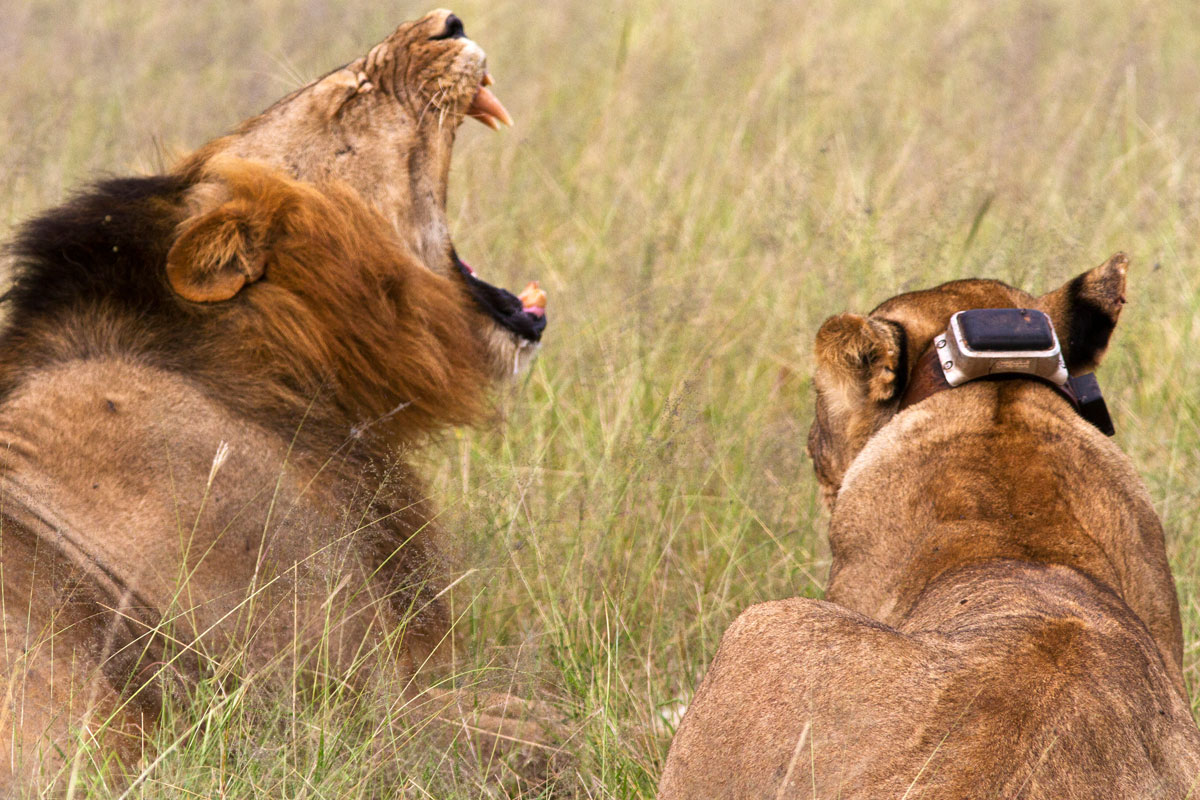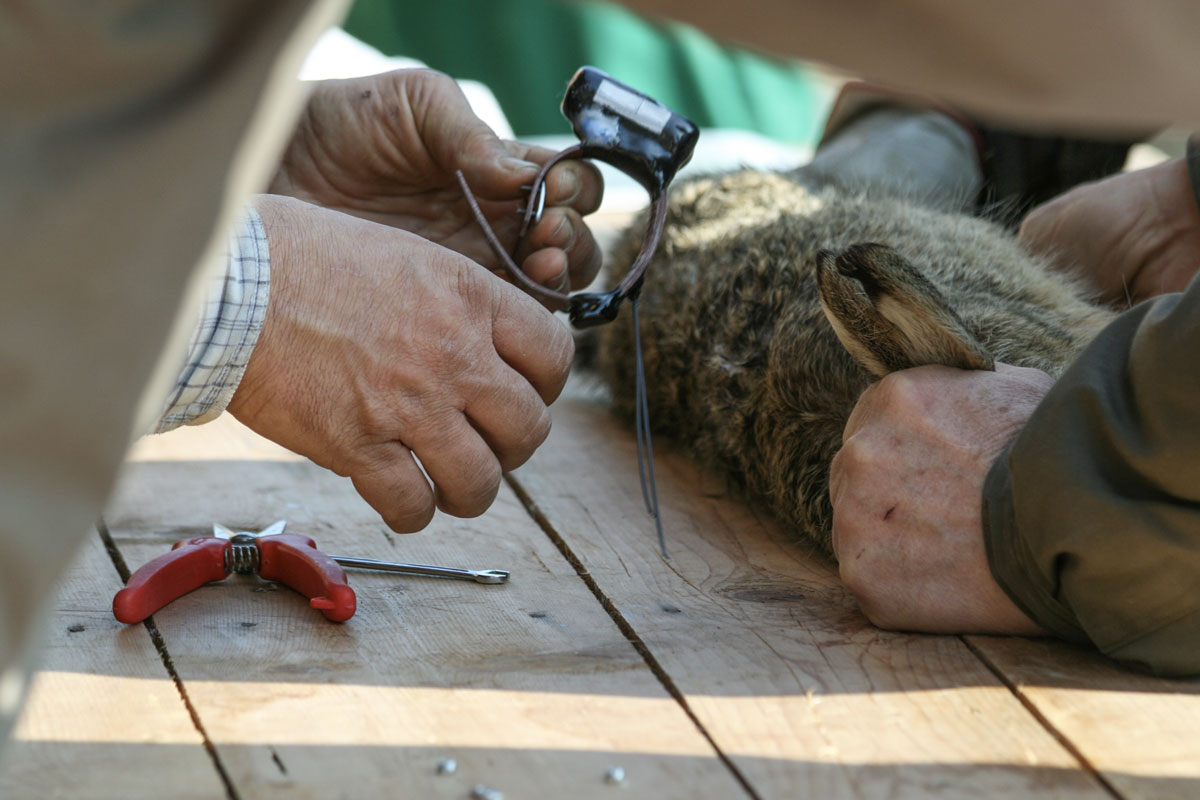
Artificial Intelligence (AI) may have more in common with Jane Goodall than the Terminator. Instead of obliterating humans and other mammals on the silver screen, AI is saving them in real life. In addition to helping companies run more efficiently, guiding drivers, and vacuuming floors, AI has risen in defense of some of the world’s most vulnerable creatures. Here are some ways AI has come to the defense of endangered species across the globe.
Enhancing Anti-Poaching Efforts
AI running on IoT devices has been trained to identify potential poachers and alert officials, giving them enough time to get to the scene and stop these opportunistic predators. In Kafue National Park in Zambia, an AI system identifies boats accessing park waters and sends an alert to officials, who can then address the threat. This stops poaching fishermen from stealing their catch out of Lake Itezhi-Tezhi, which is at the park’s border.
Although the system can send up false flags — triggering alerts for birds and waves as well — it’s using machine learning to differentiate between natural occurrences and actual boats.
Tracking Movement Patterns

Using edge intelligence, AI can keep track of how and when animals are moving, which helps scientists study their behavior and identify threats to their well-being. For example, a battery-powered AI system can use image recognition to identify certain kinds of animals via cameras that automatically capture images when the animals pass by.
If an influx of a certain species passes through an area in a certain direction, conservationists can use this data to identify an abnormal migration. This situation could result from deforestation, a lack of water, or the decrease of another species — one that target animals feed on.
Regardless of the reason behind the movement, AI makes sure scientists are aware and in a position to take action.
Tracking Water Loss in Rivers and Wetlands
When combined with imaging technology, AI can detect when water levels have dropped to critical levels in areas home to species that desperately need water. For instance, in Brazil, which has seen a 30% drop in surface water, AI has been able to tell scientists exactly where levels have dropped. Conservationists can then go in and study how this has impacted vulnerable animal populations — and take steps to protect endangered species.
Identifying Whales Singing in the Distance
AI is at the heart of an advanced warning system that can tell ships of whales that may be in their path. With this data, a ship can slow down, significantly reducing its chances of hitting a whale. The system identifies the whales’ song and distinguishes it from other sounds flowing through the Pacific. It also combines other data in its analysis, including whale sightings.
Once it finds a whale or a group of them, the system sends a message to ships that may intersect with the pod. If the ship’s captain ignores the warning and continues sailing at an unsafe speed, an alert gets posted online as part of a report card that assesses each ship’s compliance with the alerts. This enables potential customers to check whether a company they’re considering doing business with heeds or ignores whale warnings.
Protecting Koalas
Australia’s koala population is in AI’s good hands, as ecologists are currently using drones combined with algorithm analysis to detect and count koalas. The drones fly over an area scientists want to study and identify the heat signatures of various animals. It then uses AI to determine whether each creature is a koala.
This provides crucial data to conservationists, who can focus their efforts on areas where the koala population has been dwindling.

Counting Species Using Image Classification and Sound Surveillance
AI is well known for its facial recognition capabilities, and similar technology is used to identify and count animals in pressured ecologies. The Mbaza AI can see and count animals as they move through Gabon’s Lope national park.
Mbaza can identify the correct animal with a 96% accuracy rate, making it easier for those trying to protect endangered species to see:
- Where they are
- How their numbers change over time
- Migration habits in relation to natural and human-caused environmental events
Similarly, scientists are using AI-powered sound surveillance to determine which creatures inhabit particular areas and identify decreases in vulnerable populations. Because each animal emits a distinctive sound, AI can differentiate one from another and keep a count of certain species in a specific area.
How Ambiq Contributes
Thanks to AI, people have become better stewards of the environment, coming to the aid of species that need it most. Ambiq’s Subthreshold Power Optimized Technology (SPOT®) platform enables AI systems like the ones protecting endangered species while prioritizing energy efficiency. In this way, SPOT can provide a more sustainable solution for the people — and animals — that need it most.
Connect with Ambiq today to learn how sustainable power can support the hardware needed to drive your technology.


